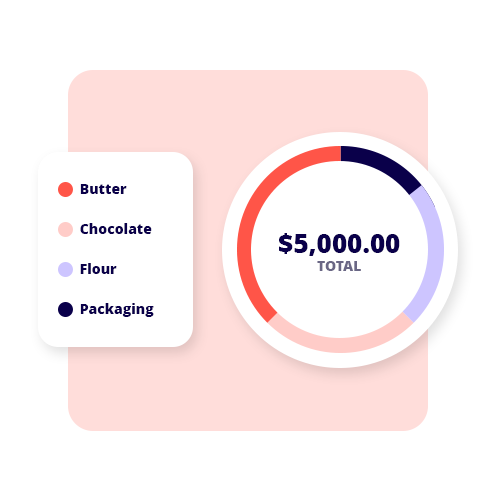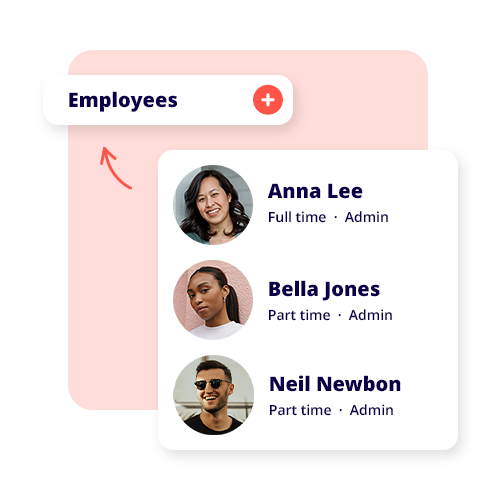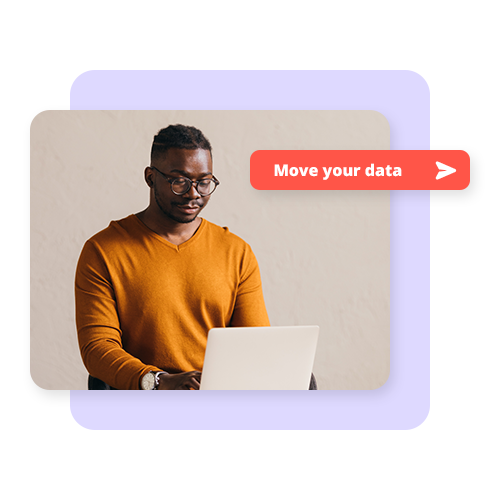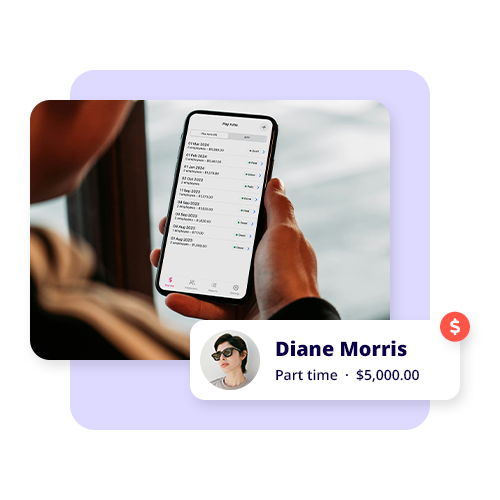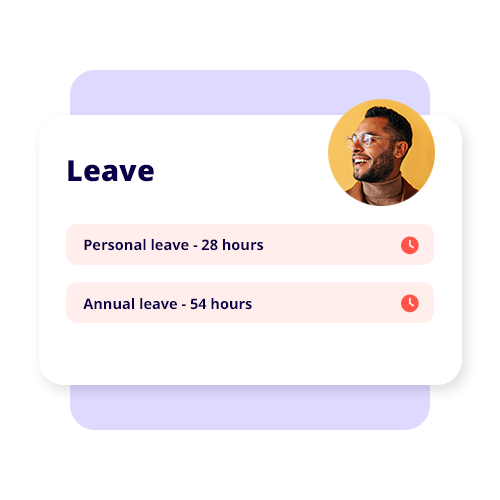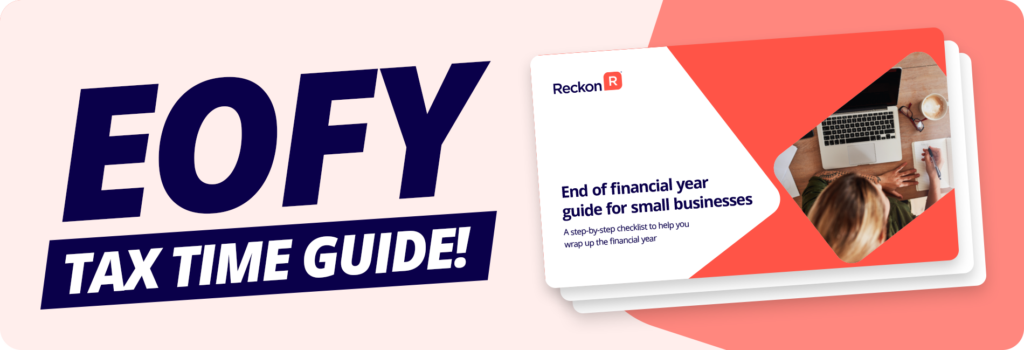You may have heard of the instant asset write-off scheme (IAWO) and perhaps you’ve accessed it already, but what is the instant asset write-off and how does it work for small businesses?
The aim of this scheme is to get cash flowing and businesses spending, while creating incentive for the growth of that business.
Over the last few years in Australia, there have been massive – albeit iterative – transformations to the instant asset tax write-off scheme. If you were familiar with these write-offs over the last few years, you might need to scrub up on your knowledge as it has changed several times since then.
The scheme was most recently extended again from 1 July 2025 to 30 June 2026.
Instant asset write-off for small businesses
The instant asset write-off for small business is a handy tax saving scheme available for all Australian small businesses.
Basically, if you’ve bought a core piece of equipment or another eligible work-related asset, and its installed ready for use, you can save on your tax bill by making an immediate tax deduction.
The idea behind the scheme is to encourage spending and business growth by incentivising the purchase and installation of work-related equipment.
How does instant asset write-off work?
The instant asset write-off scheme rules work by allowing you to immediately write off the value of a business-related piece of equipment or asset.
- Small businesses turning over turning over less than $10 million can now claim a full deduction for assets worth up to $20,000 each.
- Any asset that’s worth over $20,000 can be placed into the “small business simplified depreciation pool” and then depreciated at a rate of 15% in the first year and then at a rate of 30% for each subsequent year.
You must be able to prove that the piece of equipment is central to your business and its operation. This is crucial.
Eligible assets for instant asset write-off can include:
- vans, trucks and vehicles
- tools and trade equipment
- computers and IT equipment
- plant machinery
- coffee machine and kitchen equipment
Many assets don’t qualify for the scheme, and you’ll need to be sure of your purchase before you proceed down this avenue.
From the ATO:
- The asset may be either new or second hand.
- It must be directly linked to your business function.
- You may claim a portion for personal and for business. So, if you use a delivery van for 30% work use and 70% personal use, you can dice it up and claim that 30% portion.
- You may not stockpile. You must have the equipment installed ready for use for business purposes by EOFY.
- You must be an operational business, not a holding for investment purposes.
How much is the instant asset write-off?
The current amount for the instant asset write-off is $20,000.
Importantly, aspects of the instant asset write-off have changed over time and may be abolished in subsequent Federal Budgets. This means you must check current rules with the ATO before you make any purchases or attempt to write them off.
You also need to be aware that the temporary full expensing scheme ended on 30 June 2023. You can’t claim deductions under the temporary full expensing scheme for any asset that was installed or improved after 30 June 2023.
Hot Tip: To fully understand depreciation and the instant asset write-off scheme, it’s best to chat to your bookkeeper or accountant for information that affects your specific business situation.
Who can access the instant asset write-off?
Any Australian small business who purchases business related equipment and complies with the eligibility criteria can access the instant asset write-off scheme.
However, just because you can doesn’t mean you should. Will your business actually benefit from instant asset write-off? Perhaps not.
First and foremost, you need to make sure that the purchase will help grow your business.
If your business is in a tenuous position, or the future of your cashflow is in doubt, reconsider your need to purchase assets.
There are several ways in which this tax offset would be of no benefit:
- You’re operating at a loss.
- You don’t really need the equipment as a core part of your operations.
- You don’t have the capital to buy the equipment before any tax benefit kicks in.
- The equipment does not directly contribute to cashflow.
Consider whether you actually need anything. Many businesses don’t. This is not a free meal ticket after all, as you’ll have to stump the initial costs and benefit from the write-off later.
You must also make sure your purchase is covered before you proceed. If unsure, speak to a tax advisor.
How do you apply and record the instant asset write off?
When approaching the topic of how to apply and record the instant asset write-off, get your tax advisor involved.
Accountants and finance experts excel in this area, and they should be your first port of call before you lay down cash with a view to take advantage of the scheme.
Here is how to calculate the instant asset write off scheme, according to the ATO:
- The whole price of the equipment or asset must be under the $20,000 threshold.
- The threshold will be calculated as either inclusive or exclusive of GST, depending on whether your business is registered for GST or not.
- To calculate the amount you are eligible to claim, subtract the portion of the equipment you use for private/personal use.
- The remaining balance used for business is your taxable portion.
- Regardless of how much you use for private use and how much the taxable portion is, the entire cost of the asset must still be under the $20,000 threshold.
Understanding the instant asset write-off work for small businesses is best done with your advisor. Failing that, be sure to consult the ATO to come to a full understanding of the instant asset write-off scheme.








